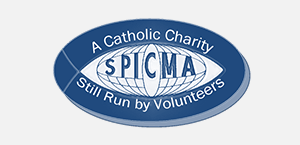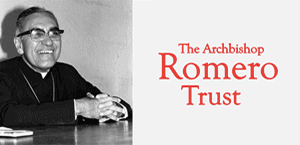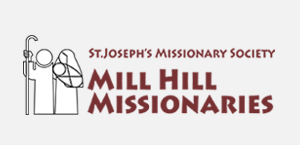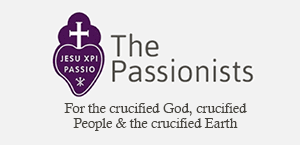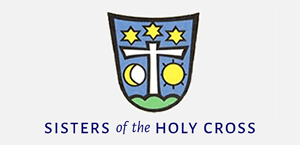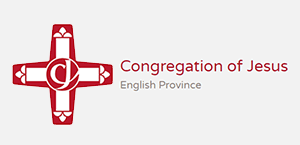Gospel in Art: I have not come to call the righteous but sinners
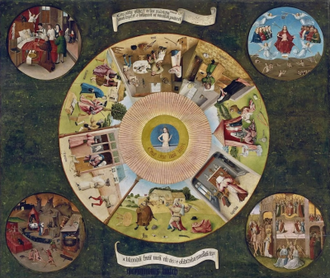
The Seven Deadly Sins and Four last Things, by Hieronymus Bosch (1450-1516), Oil on panel, Painted circa 1480 © Prado Museum, Madrid
Source: Christian Art
Gospel of 8 March 2025
Luke 5:27-32
At that time: Jesus saw a tax collector named Levi, sitting at the tax booth. And he said to him, 'Follow me.' And leaving everything, he rose and followed him.
And Levi made him a great feast in his house, and there was a large company of tax collectors and others reclining at table with them. And the Pharisees and their scribes grumbled at his disciples, saying, 'Why do you eat and drink with tax collectors and sinners?' And Jesus answered them, 'Those who are well have no need of a physician, but those who are sick. I have not come to call the righteous but sinners to repentance.'
Reflection on the painting
In today's Gospel, Jesus makes it clear that he has come for everyone, especially for sinners. Our painting, The Seven Deadly Sins and the Four Last Things, by Flemish artist Hieronymus Bosch, painted around 1480, vividly illustrates the reality of sin. The central roundel of the painting depicts the seven deadly sins in a highly tangible way, bringing moral and spiritual dangers into stark focus. Unlike many artists of his time, Bosch does not use abstract allegory, but instead directly portrays real-life scenes, making his work both visually compelling and easily relatable for viewers.
At the bottom of the roundel, we find Wrath, followed clockwise by Envy, Greed, Gluttony, Sloth, Lust, and Pride. Each scene is carefully crafted to show the everyday reality of sin-the way it manifests in daily life rather than as mythical or supernatural forces. This directness makes Bosch's moral message more immediate and personal, reminding the viewer that sin is not an abstract theological concept but a real and present danger.
At the very centre of the painting, Bosch places the Eye of God, reinforcing the idea that nothing escapes divine judgment. The pupil of the eye is Christ himself, emerging from the tomb, a powerful reminder that Jesus is both the judge and the redeemer. The circular structure of the sins creates a sense of inescapable repetition, almost like a wheel of fortune or a dartboard, suggesting the unpredictable and all-encompassing nature of human sin.
Beyond this central motif, Bosch extends his moral vision to the four corners of the painting, where he illustrates the Four Last Things-the final realities each soul will face:
Death (top left) - A dying man receives his final sacraments, while demons lurk to claim his soul.
Judgment (bottom right) - Christ sits in judgment, angels and demons battle over human souls.
Heaven (top right) - The redeemed are led into paradise, welcomed by Christ and the saints.
Hell (bottom left) - A chaotic inferno where sinners endure eternal torment.
Bosch's work, while deeply moralistic, does not depict sin as inevitable. It is a warning, but also an invitation to repentance. The presence of Christ at the centre serves as a reminder of mercy-though sin surrounds us, redemption is always possible through Him. Hieronymus Bosch's masterpiece is not just an artwork; it is a theological lesson in visual form, inviting the viewer to self-examine their moral state. It reminds us that while sin is ever-present in human life, so too is the grace of salvation offered by Jesus.
LINKS
Gospel in Art: https://christian.art/
Today's Reflection: https://christian.art/daily-gospel-reading/luke-5-27-32-2025/ (with audio)









